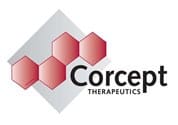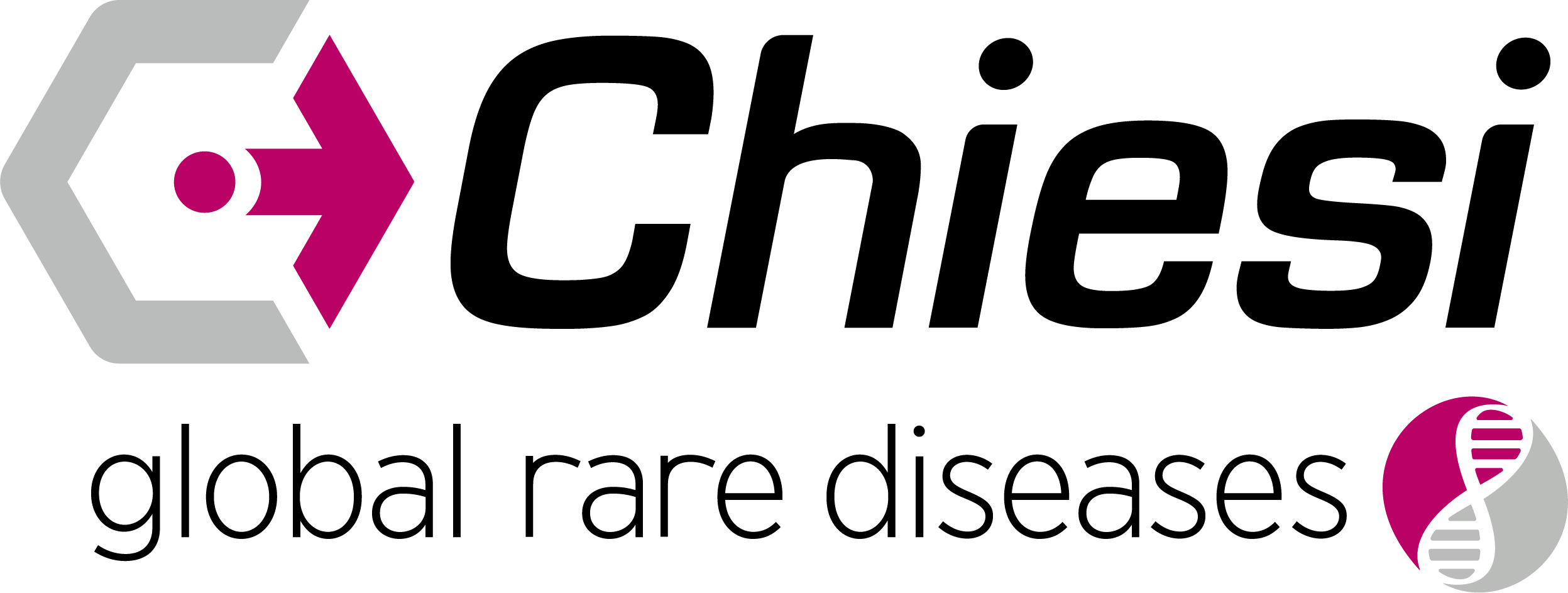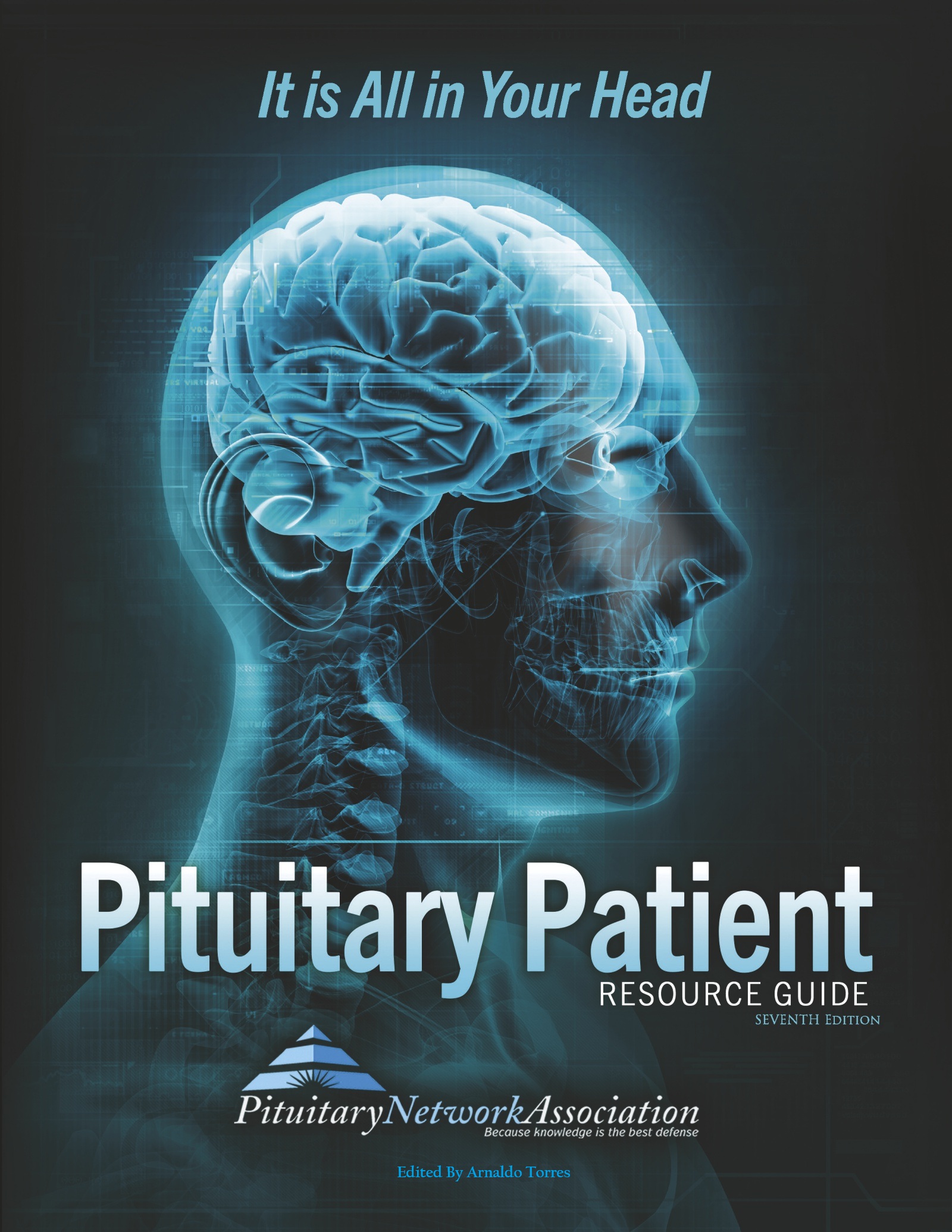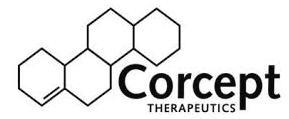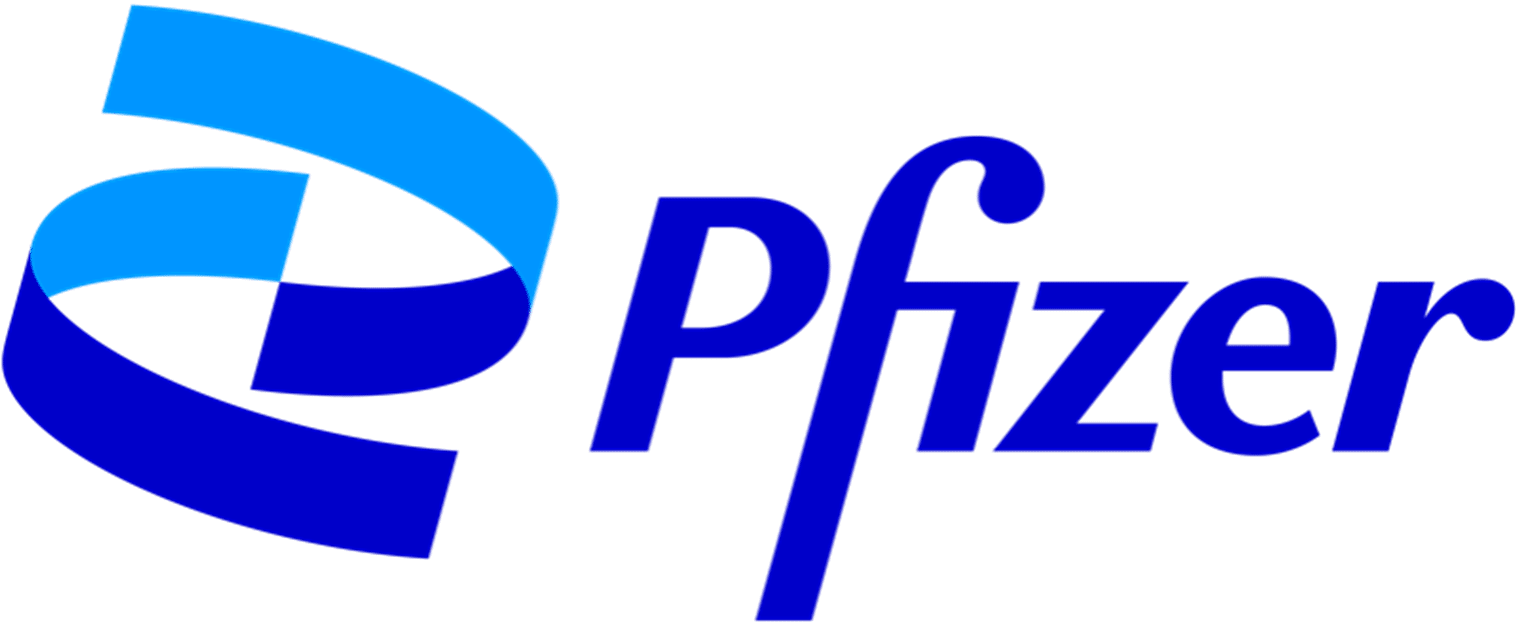News Articles February 2022
Written on 04 February 2022.
September 2023 Research Articles
Pituitary Surgery
Endoscopic trans-sphenoidal pituitary surgery does not impact postoperative nasal quality of life.
Dexmedetomidine in Patients Undergoing Transsphenoidal Resection of Pituitary Adenoma: An Updated Systematic Review and Meta-Analysis of Randomized Placebo-Controlled Trials.
Decreasing Reimbursement of Pituitary Tumor Surgery: An Analysis of Medicare Data From 2010 to 2020.
Modified Nasoseptal Flap Technique to Prevent the Recurrence of Rathke’s Cleft Cyst.
Current and Future Perspectives of Microscopic and Endoscopic Transsphenoidal Surgery for Pituitary Adenomas: A Narrative Review.
Acromegaly
Corneal Parameters, Ocular Biometers, and Retinal and Choroidal Thickness in Acromegaly Patients.
Pituitary Biology
Missing pieces of the pituitary puzzle: participation of extra-adenohypophyseal placode-lineage cells in the adult pituitary gland.
Charles Bonnet syndrome in an elderly blind man with recurrent pituitary macroadenoma and optic nerve atrophy: A case report.
Imaging
MRI findings in children with migraine or tension-type headache.
Brain Tumor Detection Based on Deep Learning Approaches and Magnetic Resonance Imaging.
Hormonal Health
The association of hypogonadism with depression and its treatments.
Multiple endocrine neoplasia type 4 (MEN4): a thorough update on the latest and least known men syndrome.
Reliability of Agreement between Insulin, Clonidine, and Glucagon Stimulation Tests for the Diagnosis of Growth Hormone Deficiency in Children: A Retrospective Cohort Study.
News Articles September 2023
Acromegalics More Likely to Have Diabetes, Cardiac Issues
An article in Healio looks at a study that found that people with acromegaly suffer at a higher rate from a long list of conditions, including diabetes and hypertension. Read more:
Isturisa Found Safe and Effective for Cushing’s
An article in Cushing’s Disease News looks at results from an extension of a study of long-term use of the drug Isturisa. It found that the drug “led to a sustained normalization in cortisol levels, symptom relief, and improved quality of life for people with Cushing’s disease.” Read more:
Study Finds Testosterone “Cliff” in Men over Age 70
An article in Cosmos looks at a study that finds that testosterone levels drop sharply after age 70; but that healthy eating and exercise can lead to more stable testosterone levels. Read more:
Girl with Growth Hormone Deficiency Chosen as “Kid Captain” for U of Iowa Football Team
Ten-year-old Gracie Springer is the new “Kid Captain” for the University of Iowa Hawkeyes football team. She suffers from growth hormone deficiency, cardiomyopathy, and is in remission from cancer. Read more:
PNA Medical Corner: Pituitary Centers of Excellence
 Dr. Sandeep Kunwar is an eminent neurosurgeon who serves on the PNA’s Board of Directors. He is surgical director of the California Center for Pituitary Disorders and a professor of neurosurgery at UCSF. He is also surgical director at the Taylor Bell Neuroscience Institute in the Washington Hospital Healthcare System in Fremont, CA. He opened his private practice there in 2006. He received a Bachelor of Arts degree from UC Berkeley in 1988. From 1991-2 he trained as a Howard Hughes Medical Institute Research Scholar at the National Cancer Institute, working in the laboratory of molecular biology. He went to graduate from UCSF medical school in 1993, did his residency there in neurological surgery in 1998, and joined the faculty upon completion in 1999. From 1997-98 he served as a Research Fellow in the Brain Tumor Research Center at UCSF. He was selected by renowned pituitary surgeon Dr. Charles Wilson to take over his practice upon retirement.
Dr. Sandeep Kunwar is an eminent neurosurgeon who serves on the PNA’s Board of Directors. He is surgical director of the California Center for Pituitary Disorders and a professor of neurosurgery at UCSF. He is also surgical director at the Taylor Bell Neuroscience Institute in the Washington Hospital Healthcare System in Fremont, CA. He opened his private practice there in 2006. He received a Bachelor of Arts degree from UC Berkeley in 1988. From 1991-2 he trained as a Howard Hughes Medical Institute Research Scholar at the National Cancer Institute, working in the laboratory of molecular biology. He went to graduate from UCSF medical school in 1993, did his residency there in neurological surgery in 1998, and joined the faculty upon completion in 1999. From 1997-98 he served as a Research Fellow in the Brain Tumor Research Center at UCSF. He was selected by renowned pituitary surgeon Dr. Charles Wilson to take over his practice upon retirement.
Dr. Kunwar specializes in gamma knife radiosurgery for metastatic and primary brain tumors, and uses the endonasal approach for pituitary tumors. His research works to improve surgical therapy for brain tumors, particularly glioblastomas. He has pioneered a minimally invasive surgical technique for skull-based tumors and has successfully applied that skill to transcranial and spine patients as well.
He was kind enough to answer questions from the PNA. His responses follow.
• What inspired you to choose your career path?
My interest in the brain started after a personal experience. I developed amnesia after a fall when living in Chicago while in elementary school. This lead to my fascination in how memory was processed, how chemical reactions can tell us that 2+2=4. Later in life, inspired by my father who loved working with his hands, I realized that I had an interest in neurosurgery. After attending medical school and residency at the University of California, San Francisco, my research and clinical interest focused on brain tumors. I was fortunate to work closely with Dr. Charlie Wilson who inspired the pursuit of perfection and always doing what is best for the patient. It was under Dr. Wilson’s tutelage that I understood the power of hormonal health on an individual’s quality of life, the elegance of transsphenoidal surgery for pituitary pathology, and the impact a single surgeon can have. He instilled in me the concept that we must strive to do better. When he retired two decades ago, I committed myself to improving the treatment of pituitary tumors, honing not only my surgical skills (we started performing the endonasal transsphenoidal approach in 2001, eliminating the need for nasal packing and shortening the hospital stay to one day for most patients) but my understanding of hormonal health. Although I work with the best neuro-endocrinologists at UCSF, I tried to learn as much as they know to best help my patients.
• What is the primary focus of your work/research?
My main work focus has been the treatment of pituitary tumors, in improving the outcomes and decreasing the complications. For example, we have worked on techniques to maintain or improve pituitary hormonal function. The goal of preserving the thinned out, damaged gland that remains is as important as curing/treating a tumor. This includes using multimodal therapy if needed to optimize a patient ‘s normal hormonal health. In the end, these are benign tumors and the results of treatment should never be worse than the disease. We need to minimize/eliminate the risks of damaging the gland (including diabetes insipidus), meningitis, and CSF leaks; and maximize our chance of curing the tumor. Finally, it is imperative to pass these skill sets to the next generation of surgeons.
• What do you consider to be the future of your field?
In the short term, the risks of surgery will decrease and the options for multimodal therapy will increase. For example, we will see better drugs to control hormonal hypersecretion, more focused and readily available ways to give radiation therapy (radiosurgery), and more uniform outcomes among different centers/surgeons. In the long run, I hope we can regenerate normal pituitary function in those patients that have lost their function because of their tumor or treatment.
• What should patients know about your field/what deserves more recognition/awareness?
The PNA has done an excellent job in educating patients about the importance of experience and multidisciplinary groups in the management of pituitary pathology. The greatest impact in outcome is technique and experience. Unfortunately, the tools used to perform surgery have become a focus for some. This has become a marketing tool which can confuse patients and detract from the main issues which are the surgeon’s experience/outcomes and the goals of treatment.
What deserves continued recognition is early diagnosis. The key to improving outcomes for all patients in the future is early diagnosis. It was this goal that made PNA so appealing to me. With early diagnosis, cure is easier to achieve, preservation of the normal gland function is more readily possible and the overall impact of hormone abnormalities can be limited.
• What would you like to convey about yourself to your patients?
There are many very talented and accomplished neurosurgeons, perhaps fewer spectacular pituitary-specific surgeons. It is important to choose a surgeon with experience and one who understands pituitary pathology, one who can explain his or her goals, outcomes and complications and most importantly, one you feel comfortable with. I’ve had the great honor to operate on over 2,500 pituitary patients. For each, it remains the best part of my job to take time to educate them about their disease, the cause of their symptoms, the anatomy of their tumor and our goals in treating their pathology. Maximizing cure must always be balanced with minimizing risk, and having a great team to help support the process are the key to success. I would thank all the patients who have put their faith in me – it is an honor and a privilege to be part of their care.
• Why did you get involved with the PNA; what is the extent of your involvement?
Education remains the most powerful tool in improving health, and that has been on the forefront of the PNA. I got involved with the PNA because of my respect and admiration for Robert Knutzen back in 2004. I served on the board early on and have contributed to the educational information available. I fully support the PNA’s focus on patient education and in improving earlier diagnosis.
PNA Spotlight: Dr. Manish Aghi
 This month the PNA Spotlight focuses on Dr. Manish K. Aghi. Dr. Aghi is a neurosurgeon specializing in brain tumors at UCSF Medical Center. He cares for adult patients with a wide range of conditions, including astrocytomas and anaplastic astrocytomas, oligodendrogliomas, glioblastomas, meningiomas and pituitary adenomas. As principal investigator at the UCSF Brain Tumor Research Center, his interests include glioblastoma angiogenesis, mechanisms of glioblastoma resistance to anti-angiogenic therapy and experimental glioblastoma therapies such as cancer-killing viruses.
This month the PNA Spotlight focuses on Dr. Manish K. Aghi. Dr. Aghi is a neurosurgeon specializing in brain tumors at UCSF Medical Center. He cares for adult patients with a wide range of conditions, including astrocytomas and anaplastic astrocytomas, oligodendrogliomas, glioblastomas, meningiomas and pituitary adenomas. As principal investigator at the UCSF Brain Tumor Research Center, his interests include glioblastoma angiogenesis, mechanisms of glioblastoma resistance to anti-angiogenic therapy and experimental glioblastoma therapies such as cancer-killing viruses.
Professor Aghi earned his medical degree and a doctoral degree in neurosciences from Harvard Medical School. He completed a residency in neurosurgery at Massachusetts General Hospital. He is a member of the Society for Neuro-Oncology, American Association of Neurological Surgeons, Congress of Neurological Surgeons and Pituitary Network Association. Among his honors are the Preuss and Mahaley awards from the American Association of Neurological Surgeons, and the Ronald L. Bittner Award, Synthes Skull Base Award and Integra Foundation Award from the Congress of Neurological Surgeons.
Dr. Aghi was kind enough to answer some questions from the PNA. His answers follow. (Note: This is a re-print from Dec. 2021)
• What inspired you to choose your career path?
I was drawn to a career as a pituitary neurosurgeon-scientist because it represents the perfect overlap between the areas of medicine that I am most passionate about. As a medical student at Harvard, I was always fascinated by the regulatory circuits of endocrinology and how their disturbance by pituitary tumors and pituitary disorders so dramatically affects people’s quality of life, disrupting such basic functions as their vision, day-to-day energy, weight, mood, and reproductive function. I was also drawn to neurosurgery, a field in which technology has advanced so rapidly that we are able to provide minimally invasive access to the center of the skull base for safe resection of pituitary tumors with minimal risk and rapid patient recovery.
• What is the primary focus of your work/research?
I am a neurosurgeon-scientist at University of California San Francisco (UCSF) specializing in pituitary tumors at the California Center for Pituitary Disorders at UCSF. As a neurosurgeon directing the Center for Minimally Invasive Skull Base Surgery at UCSF, I perform over 100 endoscopic endonasal procedures for pituitary tumors each year. I am also a scientist running a lab in the UCSF Diller Cancer Research Building, where I have had NIH and industry funding for over a decade to study the mechanisms by which brain tumors like pituitary tumors form and grow and use these insights to define novel therapies for these tumors
• What do you consider to be the future of your field?
The future of my field will be defined by the significant advances we are making in our understanding of the biology of pituitary tumors. These insights will give rise to meaningful benefits for our patients, including new molecular classifications of pituitary tumors that will help clinicians better predict the natural history and therapeutic responsiveness of these tumors and targeted therapies that will offer non-surgical options for some patients.
• What should patients know about your field/what deserves more recognition/awareness?
Patients need to know how important multi-disciplinary care is for pituitary disorders. During a visit to our center, patients will usually be seen not only by me, but by an endocrinologist and other pertinent specialists relevant to their condition such as ENT, radiation oncology, or ophthalmology. This ensures that they are receiving the best possible care with decision making made by the consensus opinions of multiple specialists following evidence-based guidelines
• What would you like to convey about yourself to your patients?
I would like to convey to my patients how committed I am to their well-being. When I am not seeing them in clinic or with them in the operating room, I am constantly reviewing their imaging and hitting refresh on the electronic medical record to get their lab results as soon as they become available, sharing their hopes for durable biochemical remission and preservation of hormonal function. And while I am a neurosurgeon, I am a doctor first and recognize that surgery is a tool that must be reserved for cases that will benefit from surgery, as many incidentally-found small tumors have a benign natural history that will be unlikely to harm the patient during their lifetime, making observation through serial imaging the recommended course of action instead of surgery for these particular patients.
• Why did you get involved with the PNA; what is the extent of your involvement?
I joined the PNA over a decade ago because the PNA has been very impactful in making the small number of high-volume pituitary specialists throughout the country available as an educational resource for patients, no matter where the patients are located. I have enjoyed meeting patients from all over the U.S. and the world after numerous PNA webinars and answering their questions, as it allows me to help patients from beyond my geographical area.
Xeris Recorlev slideshow
PNA Highlights August 2023

Health is the soul that animates all the enjoyments of life, which fade and are tasteless without it.
-Lucius Annaeus Seneca
PNA Spotlight: Dr. Kevin Lillehei
 This month the PNA Spotlight focuses on Dr. Kevin Lillehei, Chair of Neurosurgery at University of Colorado Health Sciences Center and Medicine, where he directs the Pituitary Tumor Division and the Surgical Neuro-oncology Fellowship. He is also a member of the PNA Scientific Advisory Board. Dr. Lillehei earned his B.S. at Cornell University in New York, and his medical degree at the University of Minnesota. He did an internship and his residency at the University of Michigan Hospitals and Health Centers Program. He was kind enough to answer a few questions from the PNA. His answers follow.
This month the PNA Spotlight focuses on Dr. Kevin Lillehei, Chair of Neurosurgery at University of Colorado Health Sciences Center and Medicine, where he directs the Pituitary Tumor Division and the Surgical Neuro-oncology Fellowship. He is also a member of the PNA Scientific Advisory Board. Dr. Lillehei earned his B.S. at Cornell University in New York, and his medical degree at the University of Minnesota. He did an internship and his residency at the University of Michigan Hospitals and Health Centers Program. He was kind enough to answer a few questions from the PNA. His answers follow.
PNA Medical Corner: Pituitary Adenoma and Stereotactic Radiosurgery
 This month the PNA Medical Corner showcases an article in the journal Neurosurgery co-authored by neurosurgeon Dr. Jason Sheehan at the University of Virginia Charlottesville, which looks at Nonfunctional Pituitary Adenoma Treated with Stereotactic Radiosurgery
This month the PNA Medical Corner showcases an article in the journal Neurosurgery co-authored by neurosurgeon Dr. Jason Sheehan at the University of Virginia Charlottesville, which looks at Nonfunctional Pituitary Adenoma Treated with Stereotactic Radiosurgery
Copyright © 2024 Pituitary Network Association All rights reserved.
Disclaimer: PNA does not engage in the practice of medicine. It is not a medical authority, nor does it claim to have medical expertise. In all cases, PNA recommends that you consult your own physician regarding any course of treatment or medication.
Our mailing address is:
Pituitary Network Association
P.O. Box 1958
Thousand Oaks, CA 91358
(805) 499-9973 Phone - (805) 480-0633 Fax
Email [email protected]
You are receiving this Newsletter because you have shown interest in receiving information about our activities.
If you do not want to receive any more emails from PNA, Unsubscribe.
PNA Spotlight: Dr. Kevin Lillehei
 This month the PNA Spotlight focuses on Dr. Kevin Lillehei, Chair of Neurosurgery at University of Colorado Health Sciences Center and Medicine, where he directs the Pituitary Tumor Division and the Surgical Neuro-oncology Fellowship. He is also a member of the PNA Scientific Advisory Board. Dr. Lillehei earned his B.S. at Cornell University in New York, and his medical degree at the University of Minnesota. He did an internship and his residency at the University of Michigan Hospitals and Health Centers Program. He was kind enough to answer a few questions from the PNA. His answers follow.
This month the PNA Spotlight focuses on Dr. Kevin Lillehei, Chair of Neurosurgery at University of Colorado Health Sciences Center and Medicine, where he directs the Pituitary Tumor Division and the Surgical Neuro-oncology Fellowship. He is also a member of the PNA Scientific Advisory Board. Dr. Lillehei earned his B.S. at Cornell University in New York, and his medical degree at the University of Minnesota. He did an internship and his residency at the University of Michigan Hospitals and Health Centers Program. He was kind enough to answer a few questions from the PNA. His answers follow.
• What inspired you to choose your career path?
During residency I had a terrific neurosurgery mentor and role model who introduced me to the treatment of patients with pituitary tumors. Following graduation, I was fortunate to partner with an incredible group of endocrinologists at the University of Colorado who allowed me to continue my interest in the neurosurgical treatment of patients with pituitary tumors.
• What is the primary focus of your work/research?
Currently I am Chair of the Department of Neurosurgery at the University of Colorado Health Sciences Center, Director of the Pituitary Tumor Division and Director of the Surgical Neuro-oncology Fellowship. As indicated from above, my passion lies in the treatment of patients with brain and spinal cord tumors, both benign and malignant. In malignant tumors of the brain, our clinical and research work has centered on novel uses of immunotherapy for treatment of high- grade gliomas. In addition, we are invested in improving the extent of resection of these tumors, with minimizing morbidity. We currently have a research glioma tumor bank of over 1,300 specimens. For pituitary tumors, we have had a particular clinical and research interest in patients with acromegaly and Cushing’s disease. This is a group of patients that, in particular, require a multi-disciplinary team approach to treatment, and we have been fortunate to have assembled such a team in Colorado. Currently I have personally done over 2,500 transsphenoidal procedures, working closely with our endocrinology associates. Our pituitary tumor research bank currently holds 724 specimens.
• What do you consider to be the future of your field?
In the treatment of pituitary tumors, I feel the future of our field lies ultimately in our ability to manage these lesions medically, without surgical intervention, as we currently do with prolactinomas. The future of our field also lies in being able to recognize these lesions earlier and provide treatment before the development of neurologic and/or endocrinologic dysfunction.
• What should patients know about your field/what deserves more recognition/awareness?
I think the single most important message is that in pursuing treatment for pituitary tumors, patients should seek out centers with experience and, in particular, centers that possess a team centered approach to treatment. These centers should consist of dedicated surgeons, endocrinologists, neuro-pathologists, neuro-radiologists and ophthalmologist working closely together.
• What would you like to convey about yourself to your patients?
Treatment of pituitary tumors is unique to each individual and I approach each patient in this manner. Treatment of these lesions has been a life-long passion of mine and we always strive to do the best job we can for each individual.
• Why did you get involved with the PNA; what is the extent of your involvement?
Treatment of patients with pituitary region tumors has been a large part of my practice for over 30 years. During this time, I have strived to always offer the best care possible, whether surgical, medical or a combination of both. Over the years, I have worked closely with the PNA and know first-hand that this is their goal as well. With like-minded visions, I am honored to be a member of PNA’s Medical Advisory Board and to work towards this common goal.
August 2023 Research Articles
Pituitary Tumors
Natural History of Non-Functioning Pituitary Adenomas: A Systematic Review and Meta-Analysis.
Joint pain, physical function, and balance self-confidence in acromegaly versus non-functioning pituitary adenoma patients.
Non-coding RNAs and exosomal non-coding RNAs in pituitary adenoma.
Craniopharyngioma in Pediatrics and Adults.
Benign and Malignant Tumors of the Pituitary Gland.
Identification of a Novel SSTR3 Full Agonist for the Treatment of Nonfunctioning Pituitary Adenomas.
Health-related quality of life analyses in nonfunctioning pituitary macroadenoma patients identifies at-risk populations.
Pituitary Surgery
Surgical Treatment of Prolactinomas: Potential Role as a First-Line Treatment Modality.
Predicting visual recovery in pituitary adenoma patients post-endoscopic endonasal transsphenoidal surgery: Harnessing delta-radiomics of the optic chiasm from MRI.
Exploring endocrinological pitfalls in pituitary surgery in the elderly.
The efficacy of a visiting surgical service versus that of a hospital-based surgical service in providing endoscopic endonasal surgery to remove nonfunctioning pituitary adenomas in rural communities.
Acromegaly
Incidence and risk factors of cancers in acromegaly: a Chinese single-center retrospective study.
A cohort study found a high risk of end-stage kidney disease associated with acromegaly.
A worldwide bibliometric analysis of acromegaly in the past two decades: 1999-2022..
Real World Data on the Epidemiology, Diagnosis, and Treatment of Acromegaly: A Registries-based Approach.
Cushing’s Disease
Risk of impulse control disorders in patients with Cushing’s disease: do not blame cabergoline but do not give up caution.
Radio Therapy
The impact of radiotherapy on the hypothalamo-pituitary axis, old vs. new radiotherapy techniques.
Radiotherapy for rare primary brain tumors.
MEN-1
Cutaneous lesions and other non-endocrine manifestations of Multiple Endocrine Neoplasia type 1 syndrome.
Neuroendocrine tumors in a patient with multiple endocrine neoplasia type 1 syndrome: A case report and review of the literature.
Hypopituitarism
Metastatic diffuse follicular variant papillary thyroid cancer without cervical lymph node metastasis presenting with symptoms related to hypopituitarism.
Pituitary Apoplexy
Infarctive Apoplexy of Previously Healthy Pituitary Glands: A Small Case Series and Literature Review.
Pituitary Adenoma With Apoplexy Presenting As Unilateral Third Nerve Palsy.
Pituitary Dyslpasia
Neuroimaging features in children with optic nerve hypoplasia and septo-optic-pituitary dysplasia.
News Articles August 2023
Extreme Weight Gain Leads to Cushing’s Diagnosis
An article in the Daily Mail follows the story of a 35-year-old woman from the U.K. whose weight rose sharply over a few years, which led to a diagnosis of Cushing’s Disease. Read more:
IGF-1 May Be Linked to Bone Health in Cushing’s Patients
An article in Cushing’s Disease News looks at a study that found low IGF-1 levels was associated with low bone density in younger Cushing’s patients, ages 13-49. Read more:
Eye Exam, Excessive Thirst Leads to Diagnosis of Pituitary Tumor
An article in MedicalDaily.com tells the story of a 41-year old man in the U.K. who drank ten liters of water a day for two years – but tested negative for diabetes. Finally, after an eye exam showed abnormalities, he was diagnosed with a germ-cell tumor on his pituitary gland. Read more:
When A Pituitary Tumor Masquerades as Glaucoma
A study out of Florida looks at cases where pituitary brain tumors can be mistaken for glaucoma if the optic disc features “cupping”. Read more:
PNA Medical Corner: Pituitary Adenoma and Stereotactic Radiosurgery
 This month the PNA Medical Corner showcases an article in the journal Neurosurgery co-authored by neurosurgeon Dr. Jason Sheehan at the University of Virginia Charlottesville, which looks at Nonfunctional Pituitary Adenoma Treated with Stereotactic Radiosurgery..
This month the PNA Medical Corner showcases an article in the journal Neurosurgery co-authored by neurosurgeon Dr. Jason Sheehan at the University of Virginia Charlottesville, which looks at Nonfunctional Pituitary Adenoma Treated with Stereotactic Radiosurgery..
Volumetric Assessment of Nonfunctional Pituitary Adenoma Treated With Stereotactic Radiosurgery: An Assessment of Long-Term Response
• PMID: 37437306 DOI: 10.1227/neu.0000000000002594
Abstract
Background and objectives: Stereotactic radiosurgery (SRS) is widely used to manage recurrent or residual nonfunctioning pituitary adenomas (NFPAs). Studies on the long-term volumetric response of NFPAs to SRS are lacking. Such a post-SRS volumetric study will allow us to set up appropriate radiographic follow-up protocols and predict tumor volumetric response.
Methods: Two providers independently performed volumetric analyses on 54 patients who underwent single-session SRS for a recurrent/residual NFPA. In the case of discrepancy between their results, the final volume was confirmed by an independent third provider. Volumetry was performed on the 1-, 3-, 5-, 7-, and 10-year follow-up neuroimaging studies.
Results: Most patients showed a favorable volumetric response, with 87% (47/54) showing tumor regression and 13% (7/54) showing tumor stability at 10 years. Year 3 post-SRS volumetric results correlated (R2 = 0.82, 0.63, 0.56) with 5-, 7-, and 10-year outcomes. The mean interval volumetric reduction was 17% on year 1; further interval volumetric reduction was 17%, 9%, 4%, and 9% on years 3, 5, 7, and 10, respectively.
Conclusion: Year 3 post-SRS volumetric response of patients with residual or recurrent NFPAs is predictive of their 7-10-year follow-up response. For patients demonstrating NFPA regression in the first 1-3 years, interval follow-up MRI’s can likely be performed at 2-year periods unless otherwise clinically indicated. Further studies are needed to better define the volumetric response to adenomas more than a decade after SRS.
Copyright © Congress of Neurological Surgeons 2023. All rights reserved.
Available Now!
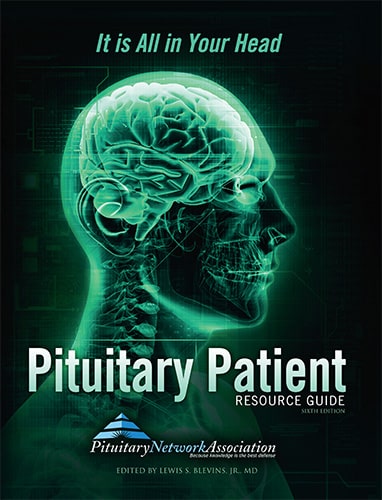
The Pituitary Patient Resource Guide Sixth Edition is now available! Be one of the first to have the most up-to-date information. The Pituitary Patient Resource Guide a one of a kind publication intended as an invaluable source of information not only for patients but also their families, physicians, and all health care providers. It contains information on symptoms, proper testing, how to get a diagnosis, and the treatment options that are available. It also includes Pituitary Network Association's patient resource listings for expert medical care.

Xeris Pharmaceuticals is valued member of the PNA











